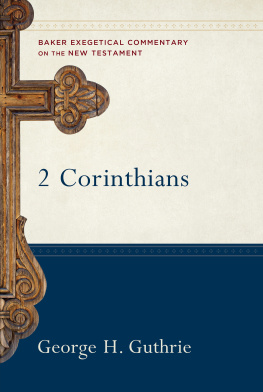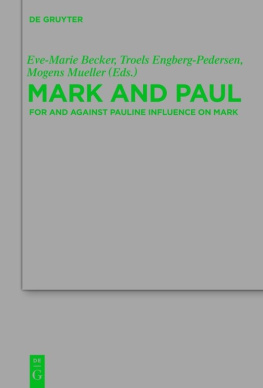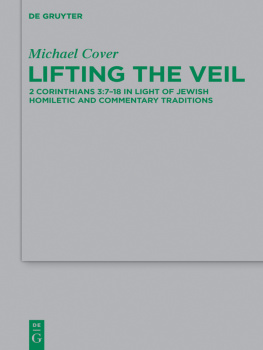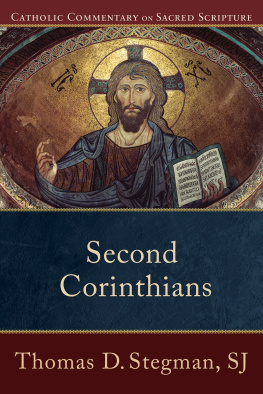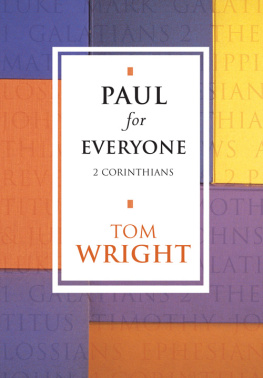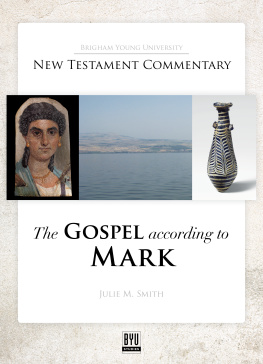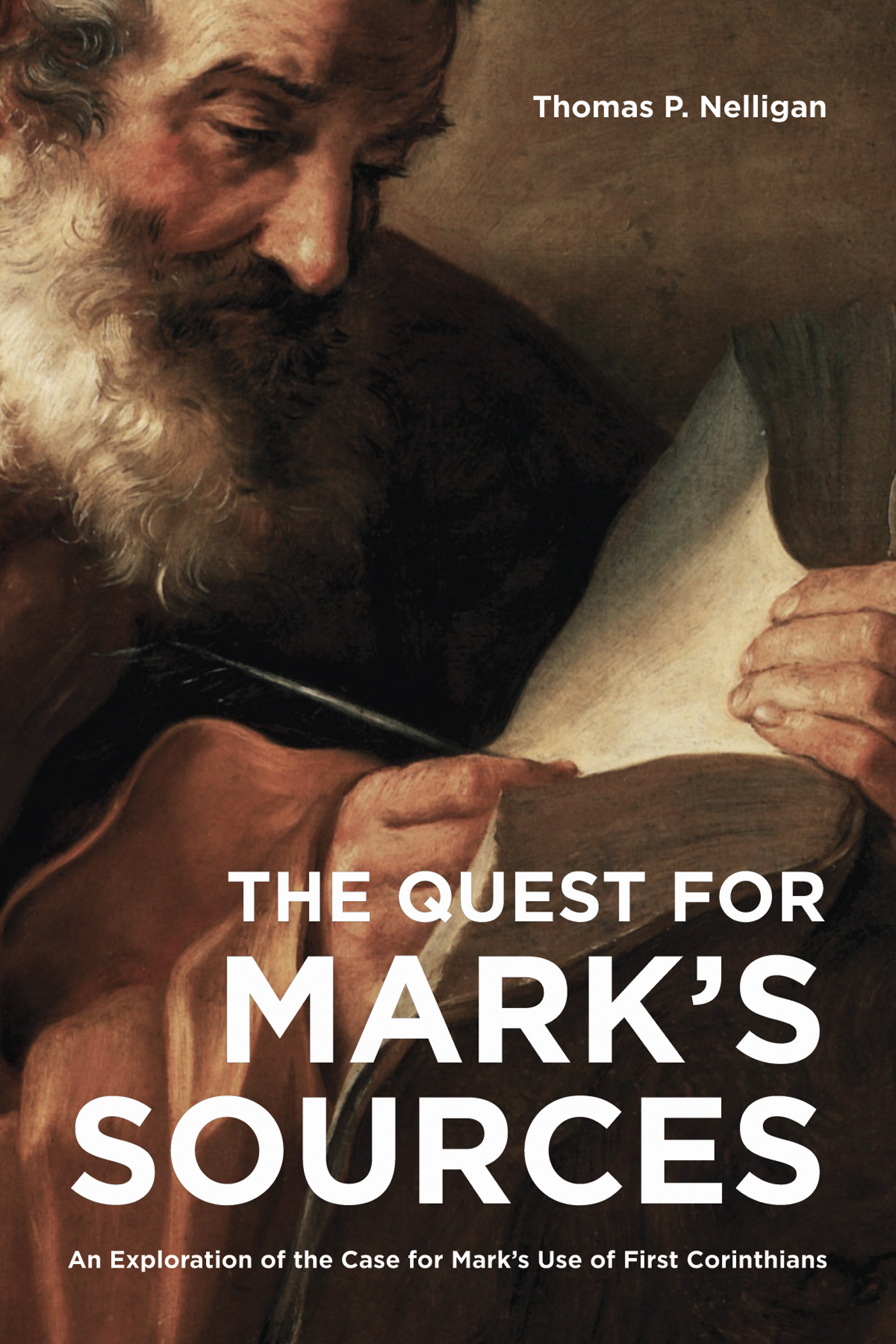Ancient Literary Methods of Text Absorption
Introduction
The texts speak for themselves, but for a modern reader to gain anything approaching a full understanding it is necessary to know something of the intellectual world in which they were written.
I n discussing ancient literary methods of text absorption it is necessary, as modern readers, to separate modern literature from the ancient as the understanding of modern literature and its composition may color knowledge and understanding of the ancient. The world of literature has drastically changed in the past centuries due in large measure to the invention of the alphabetic letterpress print in the fifteenth century and the publication of the French Encyclopaedia in the eighteenth century. This study does not intend to make that mistake.
The Gospel of Mark reflects Judaism and the early Christian movement but is also set against the backdrop of the Roman occupation of Palestine in a period when the Middle-East was highly Hellenized. As Levine noted,...contacts of Jews and Judaism with the Hellenistic-Roman world proved immensely fructifying and creative. Therefore, both Jewish methods of composition and those of the Greco-Roman world played their part in the composition of Mark.
Imitation and Rewriting
One of the main processes by which one text was absorbed into another in the Greco-Roman world was by / imitatio which means imitation. This process pervaded all ancient genres. For Quintilian, in particular, constant reading was very important to the process of imitation and he saw it as a prelude to the process.
We must return to what we have read and reconsider it with care, while, just as we do not swallow our food until we have chewed it and reduced it almost to a state of liquefaction, to assist the process of digestion, so what we read must not be committed to the memory for subsequent imitation while it is still in a crude state, but must be softened and, if I may use the phrase, reduced to a pulp by frequent re-perusal. (Quintilian, Inst. ..)
Turning to the Jewish literary context there is a significant amount of overlap with Greco-Roman techniques. However, terminology for Jewish methods is plagued by lack of clear definition. Terms such as rewritten Bible and midrash are like imitation in that they cover a wide range of techniques but are not clear cut techniques in their own right. The influence of Hellenism on Judaism in the first century C.E. needs to be recognized when dealing with techniques of text absorption as this helps to explain some of the similarities of technique.
Judaism... by the time of the first century C.E. was thoroughly Hellenized, both in Palestine and especially in the Diaspora. Attempts to divide sharply the Jewish heritage of Christianity from the Greek heritage fail to recognize the degree of Hellenization already part of Jewish culture.
The degree to which Judaism became Hellenized makes difficult the assessment of texts from the perspective of Jewish literary practices alone. By the Hellenistic period they had become so thoroughly meshed together that to treat them separately would be to provide an improper and incomplete study of a particular text. While discussing Pauls technique of citation Christopher Stanley claims that,... direct exposure through daily contact with Greek society or indirect absorption via Hellenistic influences on Judaism could easily account for any similarities in practice.
Recent research also indicates that Greco-Roman methods of text absorption were use in New Testament composition. Anne OLeary shows that in Pauls discussion of idol food he reinterprets and essentially rewrites aspects of the Torah for the purposes of his own argument and displays the same fluidity and freedom in his treatment of sources as Greco-Roman writers.
The Techniques of Imitation
While there are a plethora of techniques that could be discussed here, only the ones pertinent to later arguments will be discussed in any great detail. The relevance of this to the present study cannot be overstated. Any two ancient texts could, theoretically, be shown to contain similarities but similarities that conform to ancient literary techniques need to be examined. Many have noted similarities between the works of Paul and the Gospel of Mark but none have measured those points of convergence against the literary context from which the texts emerged.
The many techniques used in imitation can roughly be divided into three basic categories: interpretation, paraphrase, and inventive imitation. Interpretation ( interpretatio ) involved the conversion of poetry to prose and the translation of texts. However, it is the techniques involved in the other two categories that concern us here.
The second category is paraphrasis or paraphrase which could vary widely and, depending on its application, could result in a text close to its source or far from it. An echo of another text could be as little as a single word. This was actively encouraged so that when paraphrasing a source text it could be both compressed and expanded with a certain amount of literary freedom.
... they should begin by analysing each verse, then give its meaning in different language, and finally proceed to a free paraphrase in which they will be permitted now to abridge and now to embellish the original, so far as this may be done without losing the poets meaning. (Quintilian, Inst. ..)
Quintilians view of paraphrase seems to be similar to inventive imitation from which it is sometimes hard to distinguish. While discussing imitation in oratory Isocrates says the following:
Furthermore, if it were possible to present the same subject matter in one form and in no other, one might have reason to think it gratuitous to weary ones hearers by speaking again in the same manner as his predecessors; but since oratory is of such a nature that it is possible to discourse on the same subject matter in many different waysto represent the great as lowly or invest the little with grandeur, to recount the things of old in a new manner or set forth events of recent date in an old fashionit follows that one must not shun the subjects upon which others have spoken before, but must try to speak better than they. (Isocrates, Paneg. )
Paraphrase, then, appears as a wide ranging process that was similar in some respects to inventive imitation and sometimes overlapped with it. At the core of paraphrase is the notion that the essential meaning of the text is being imitated. Among the techniques used in paraphrase were variation and emulation. Varatio (variation) is part of paraphrase and is related to invention. Variation, essentially, is the practice of making changes to the original source material so that what is said is not said in the same way. This also avoids the possibility of plagiarism. This is connected to interpretation where translators would aim to surpass the original texts.
Turning to inventive imitation OLeary, echoing Thomas Brodie, points out the similarities between paraphrase and inventive imitation: It is not always easy to distinguish between methods of inventive imitation and paraphrase. In general, however, a paraphrase followed the broad outline of its source whereas inventive imitation treated it with far more creativity and in far greater detail.


